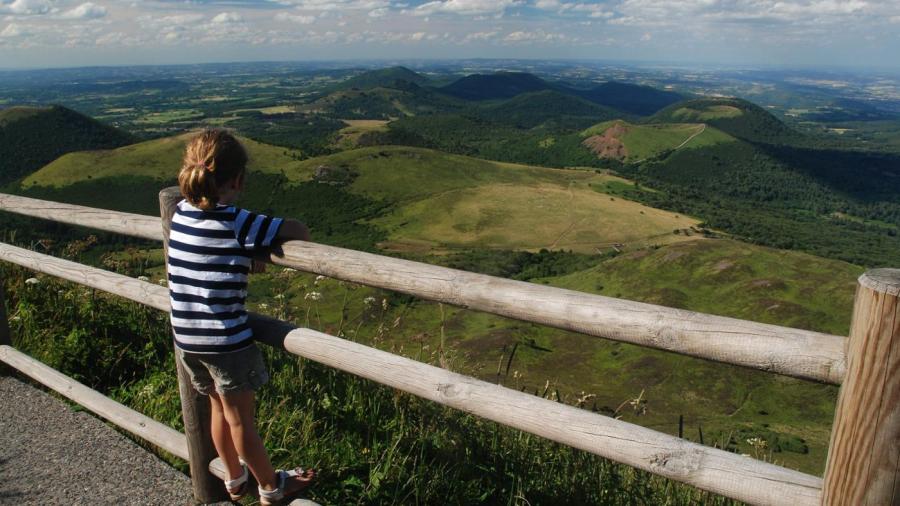How Does a Volcano Form?

A volcano forms when a vent in the Earth’s crust allows magma to well up from below. The magma fills a void underneath the surface, and when it builds up enough pressure, it bursts through to the surface. As the magma cools, it hardens into rock, and multiple eruptions may build up the mountainous form of a volcano.
The Earth’s crust seems solid, but it is actually made up of 17 large, rigid plates floating over a hot, malleable sea of molten rock. When these plates collide or pull apart, they can allow this molten material, called magma, to make its way upward into the crust. If magma finds a particularly weak spot, it may burst through to the surface, creating a volcano. These can come about as the result of a slow accretion of cooling lava, or they can be the result of spectacular, pressurized explosions.
In some cases, a single vent may create multiple volcanoes. The Hawaiian Islands are the result of a tectonic plate passing over a particular hot spot in the mantle, and that hot spot has created several volcanic mountains in the sea floor. The chain of islands and mountains created by this vent extends as far as Midway, and Kilauea is the current site of the active volcano.





